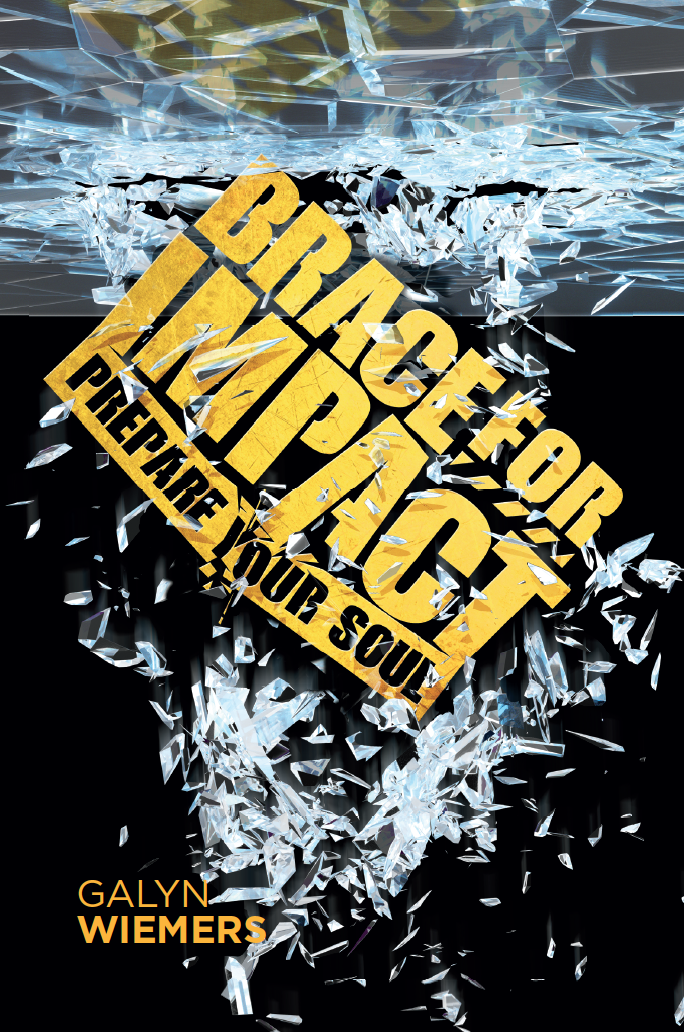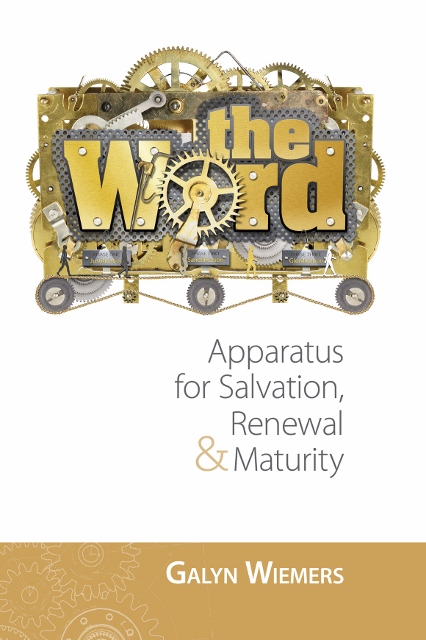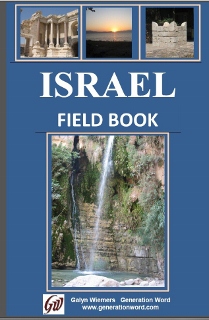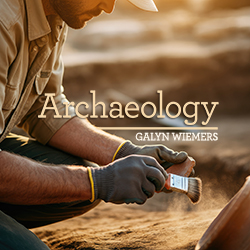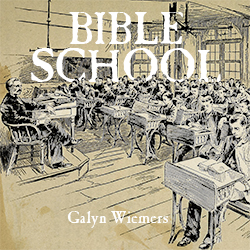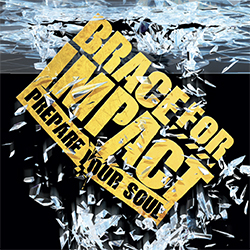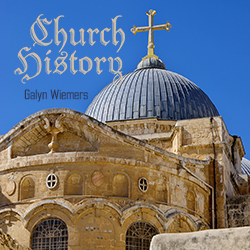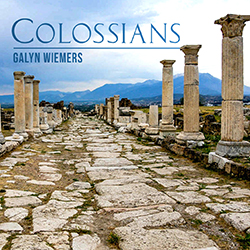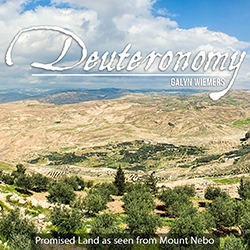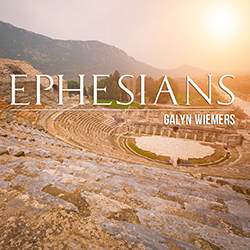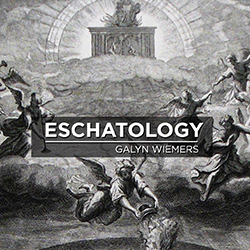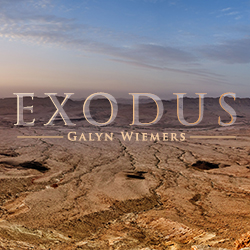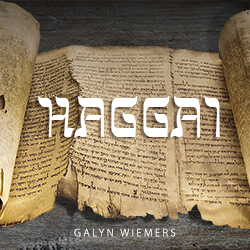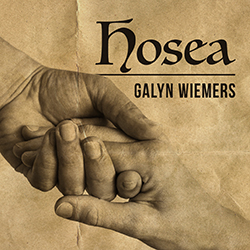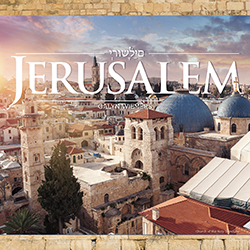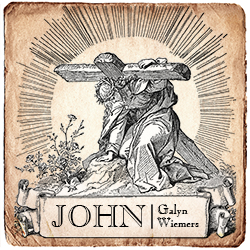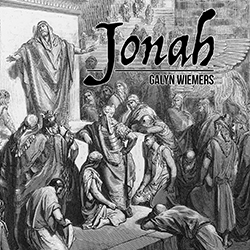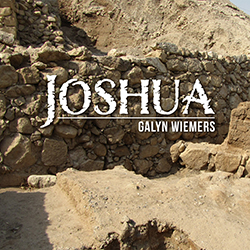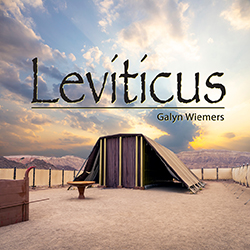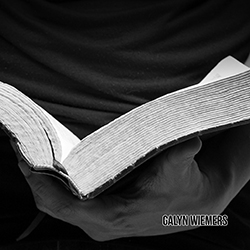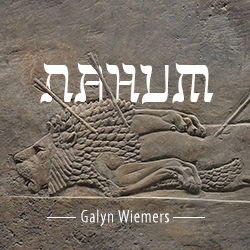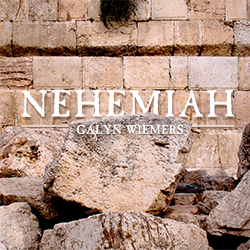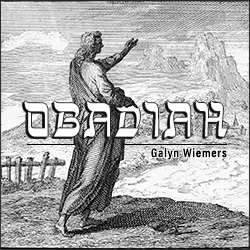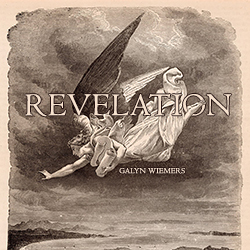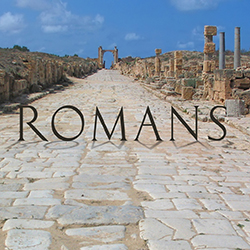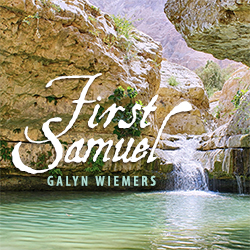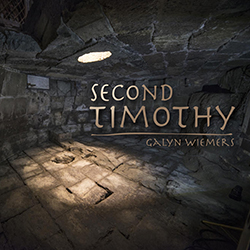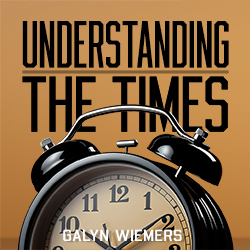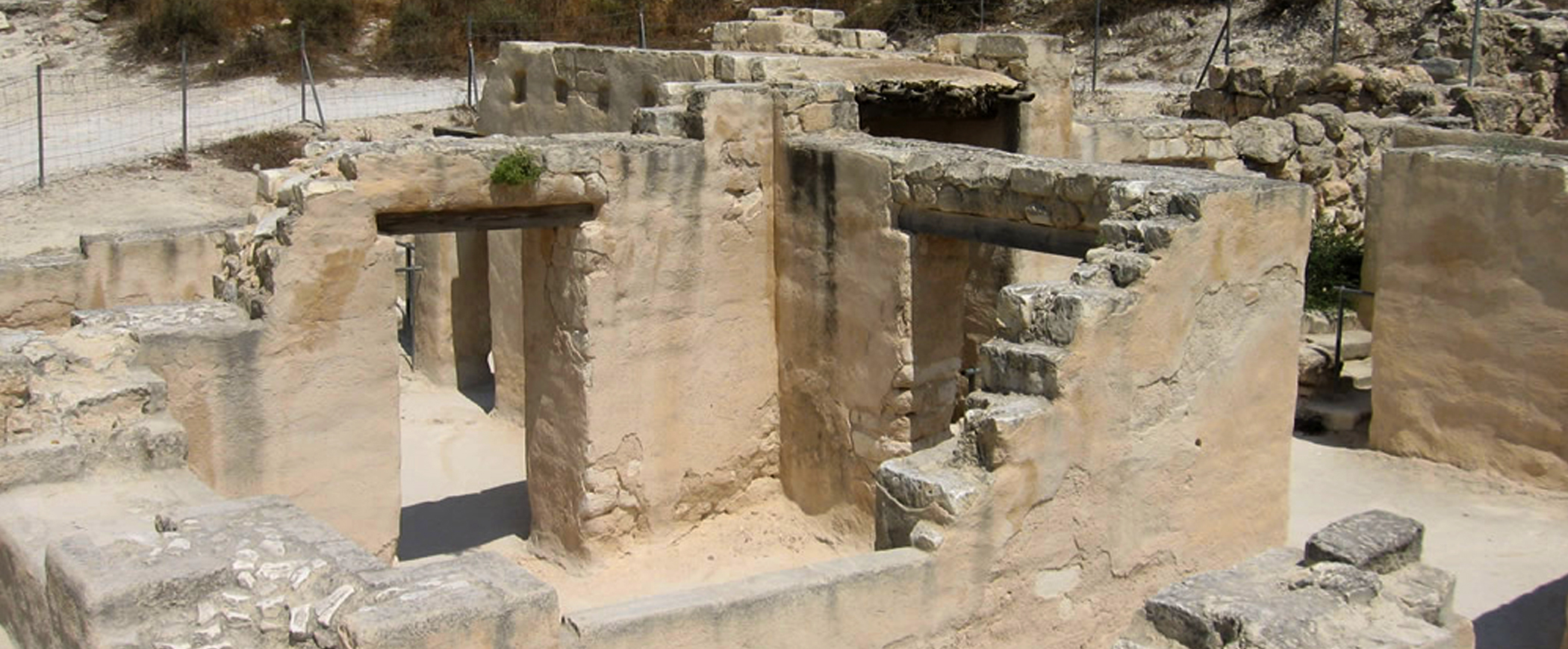
Bet-Guvrin (Mareshah)
by Galyn Wiemers, Generation Word

Dan in the Bible:
Gen. 14:13-16, Abram left Hebron to go to Dan in order to rescue Lot.
Judges 18, tribe of Dan left its allotted inheritance by the Philistines and moved to this northern location.
1 Kings 12:26-33, Jeroboam set up one of his two golden calf idols in Dan to keep his people of Israel from going to Jerusalem in Judah to worship.
Archaeological excavations began in 1900 by Bliss and Macalister of the British Palestine Exploration Fund. Since that time there have been major excavations in 1902 of the burial caves; surveys in the 1960-1970’s; and the Department of Antiquities began excavation in the 1980’s.
History: After Israel was deported to Babylon the area was settled by Edomites. People from Sidon settled here in the 300’s and the Greeks and Hellenistic culture followed. John Hyrcanus I of the Hasmonean line conquered Maresha in 113 BC, destroyed the city and converted the people to Judaism. The Parthian’s destroyed it totally in 40 BC. At that time Bet Guvrin became the major city and is referred to in 68 AD by Josephus as being conquered by Vespasian.
Sites to see here:
- Northern Burial Site from 200 BC;
- Water Cistern from 200 BC converted to raise pigeons, but visited by Polish soldiers in 1943 who left their names;
- Columbarium for raising pigeons for food, fertilizer and rituals;
- Bath Cave with 20 baths hewn in 200’s BC;
- Oil Press Cave;
- Hellenistic House;
- Water Cisterns;
- North Western Tower of Acropolis that covers a wall from the Judean Kingdom.;
- Sidonian Burial Caves with restored drawings and inscriptions;
- Church of St. Anne an original Byzantine church rebuilt by the Crusaders.;
- Bell shaped caves which are the remains of 800 little quarries to extract marble.
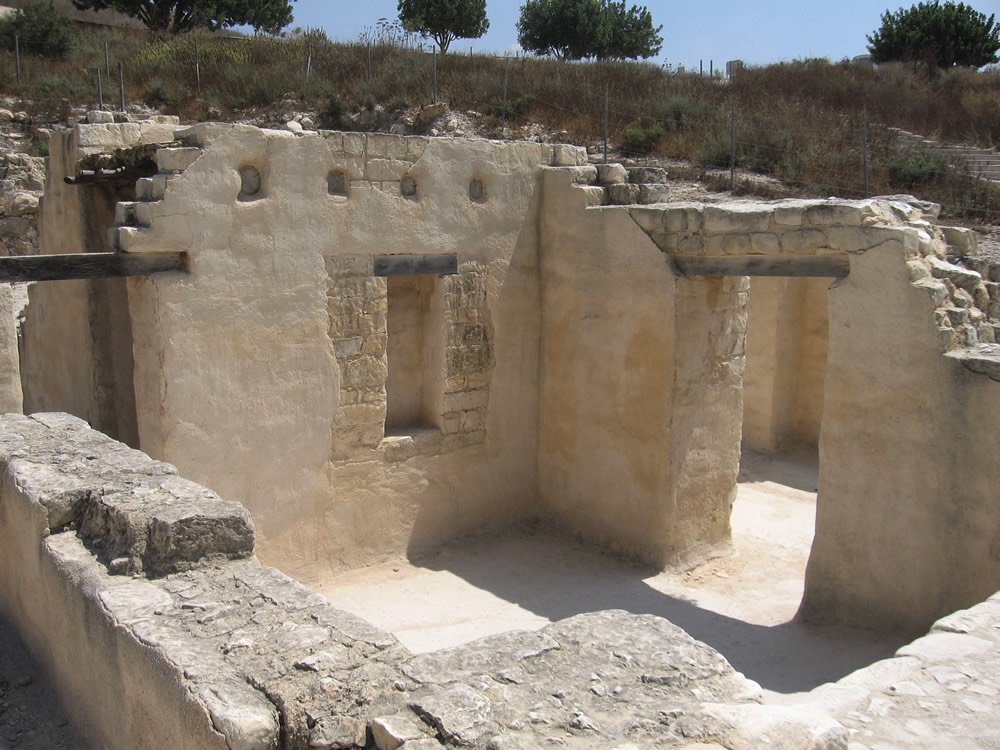
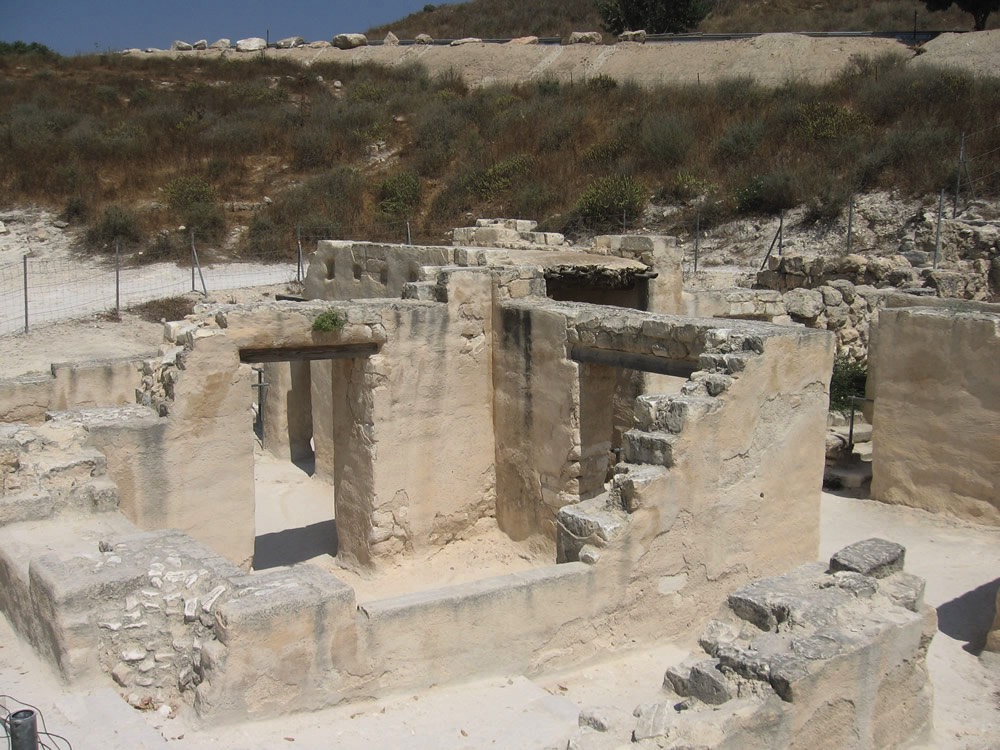
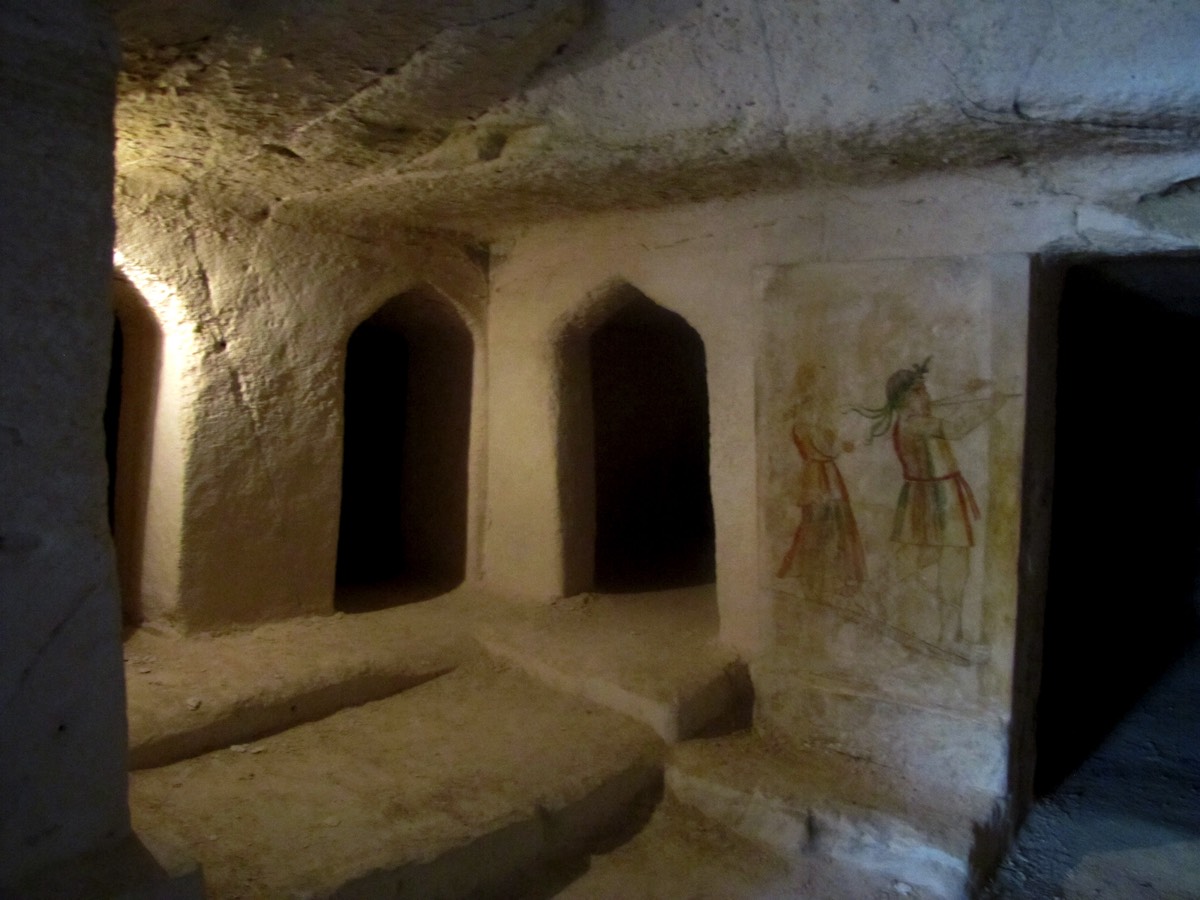
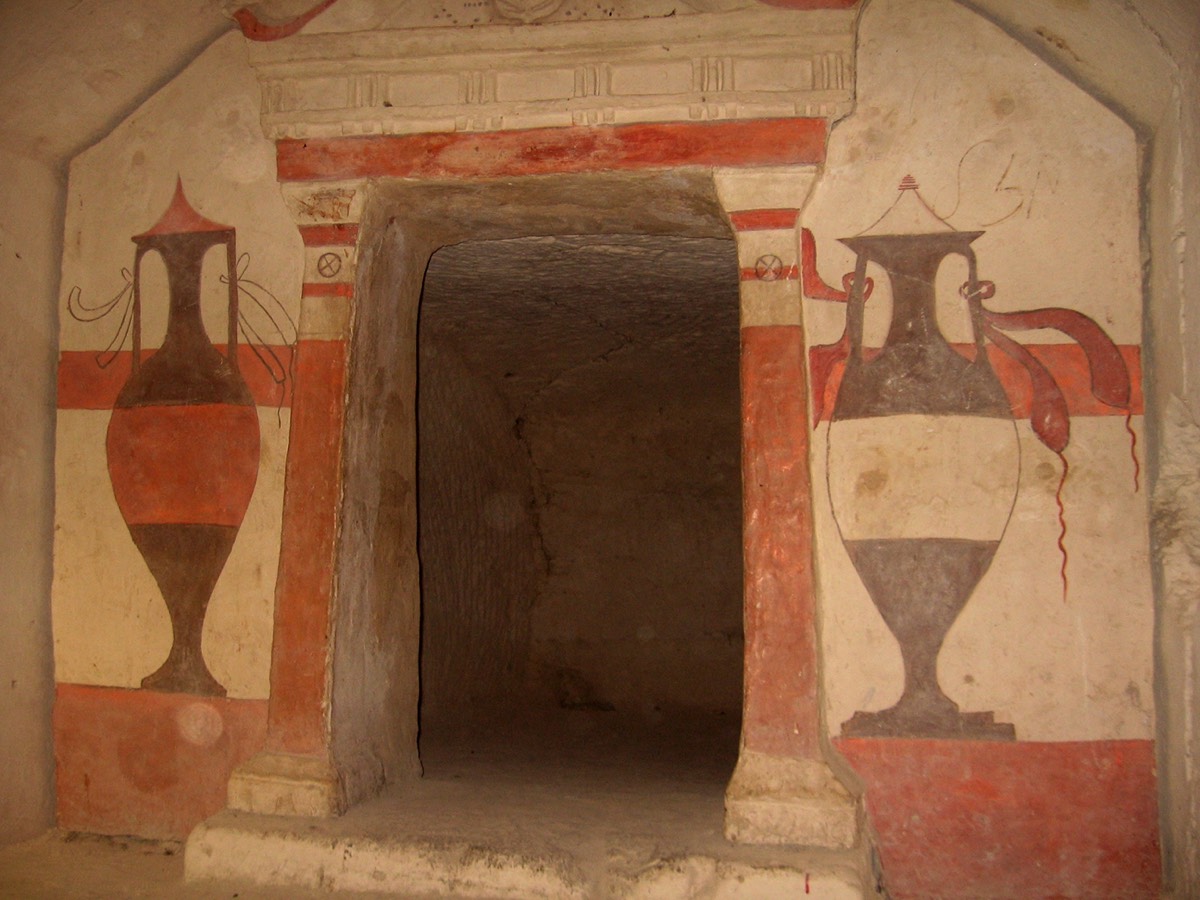
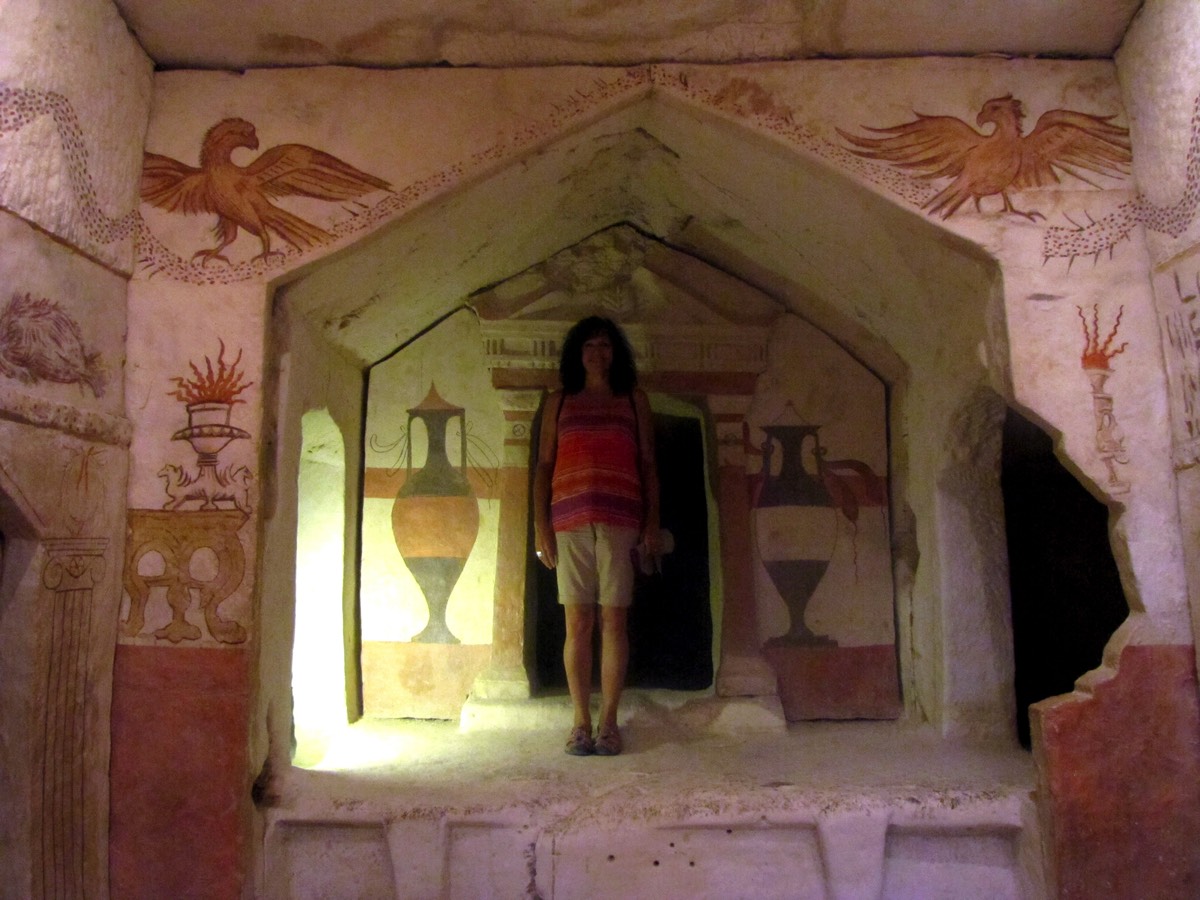
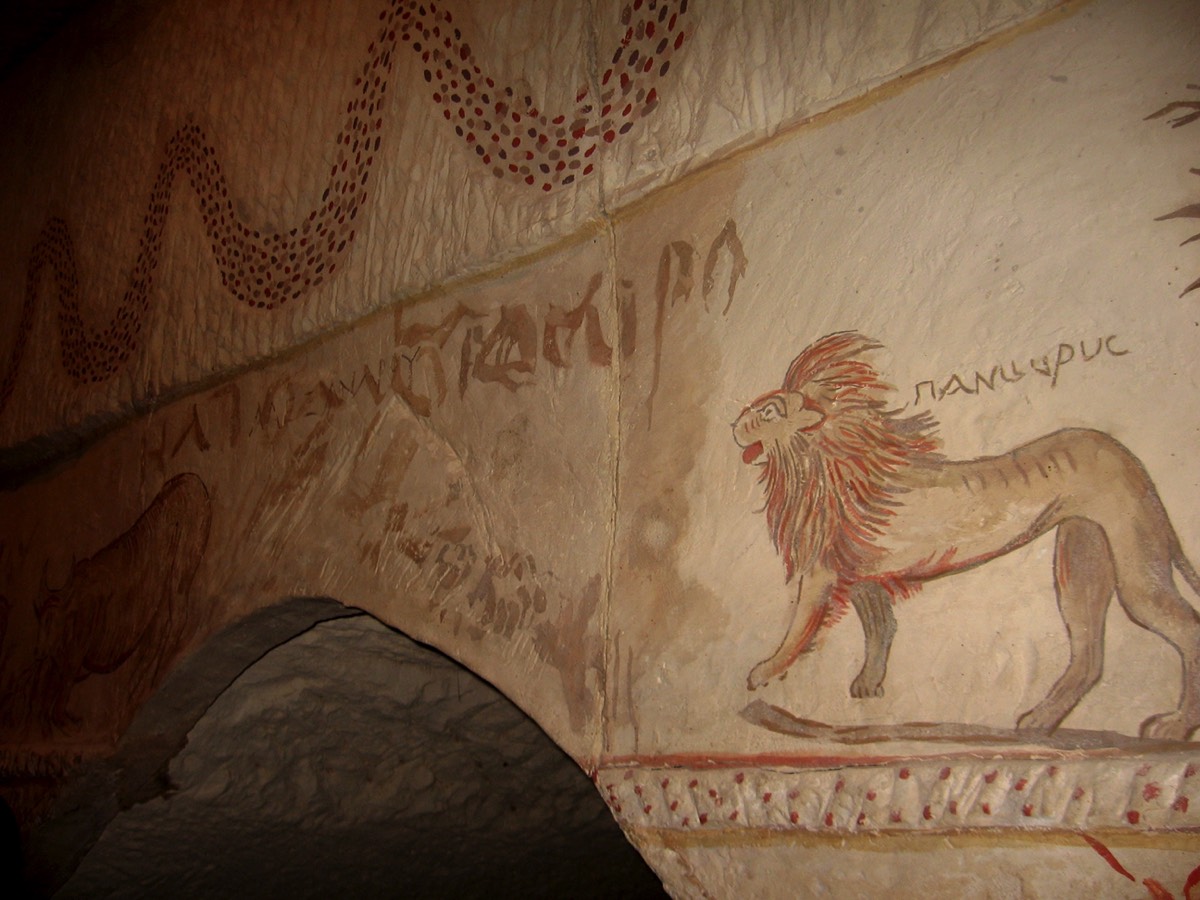
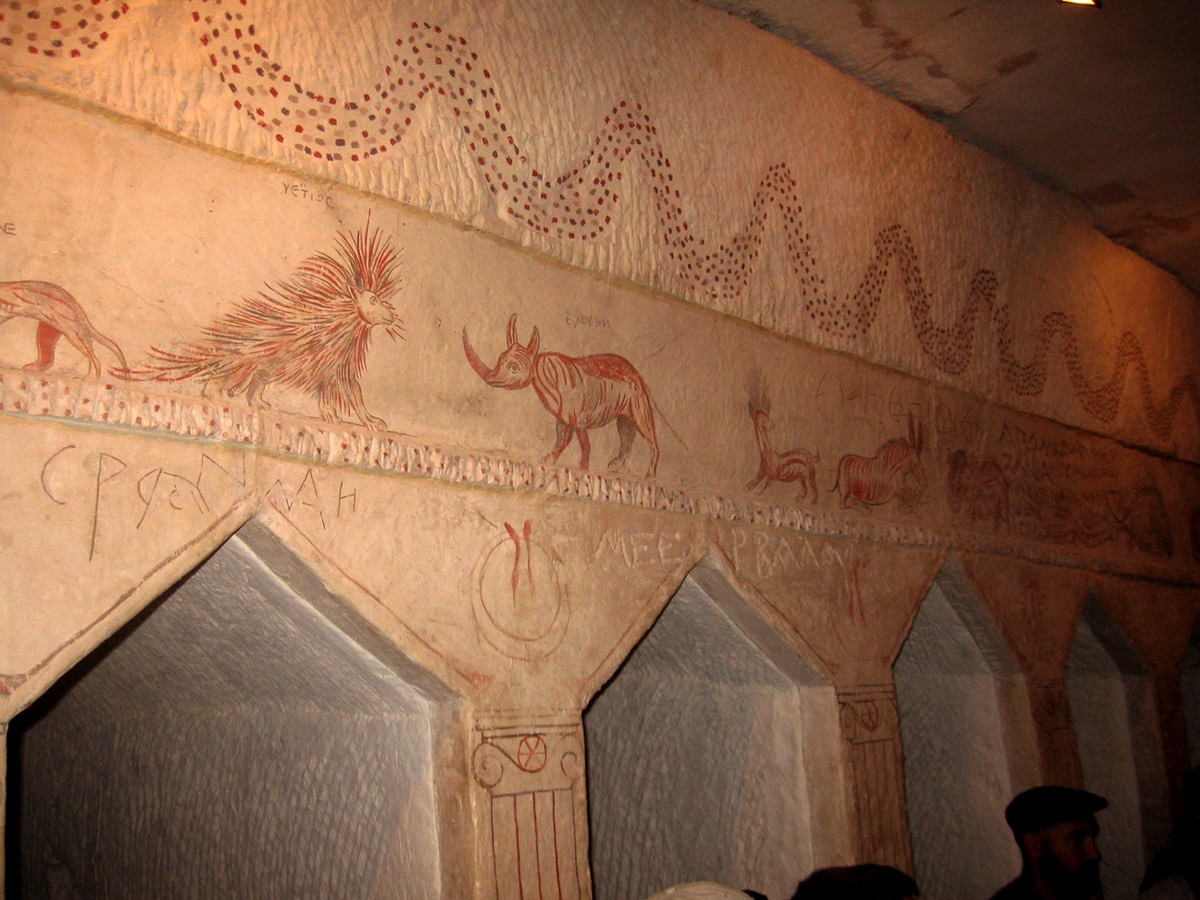
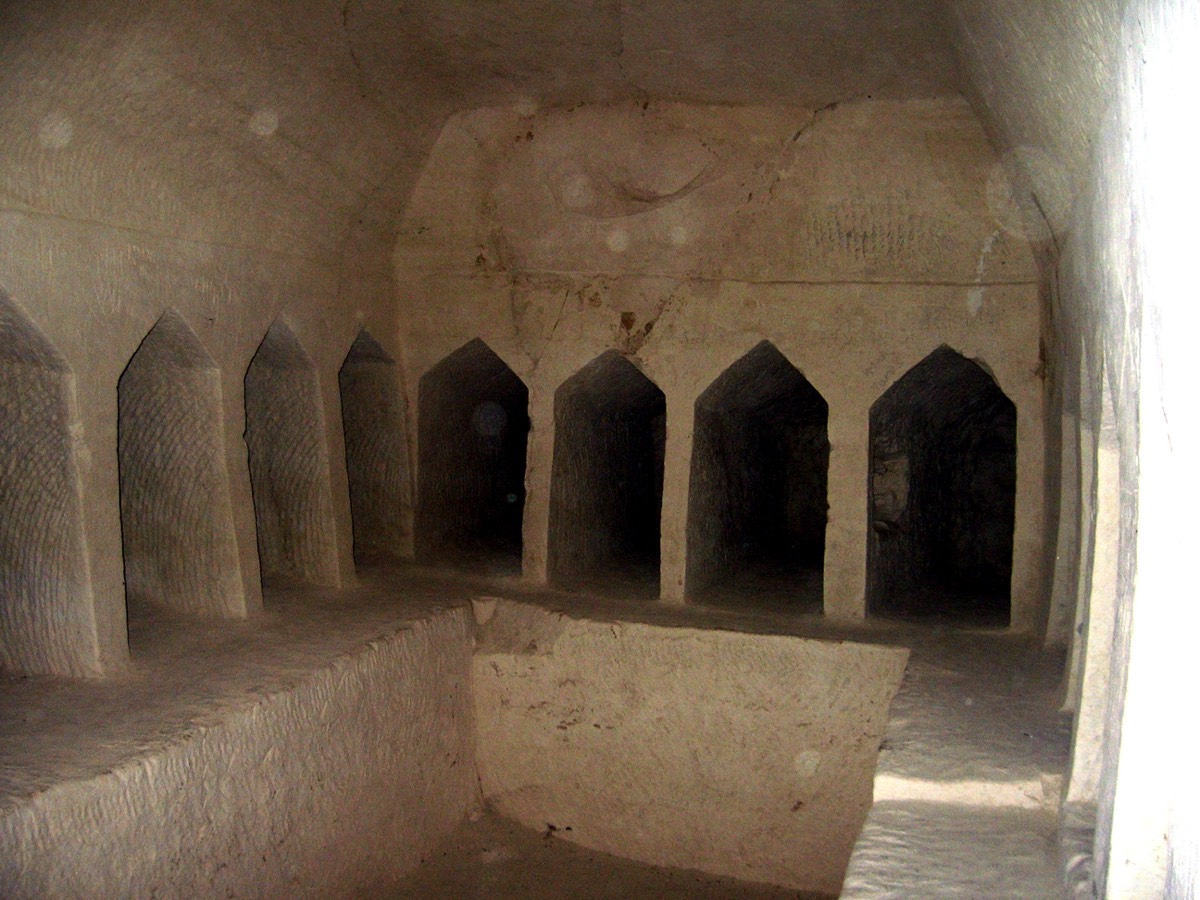
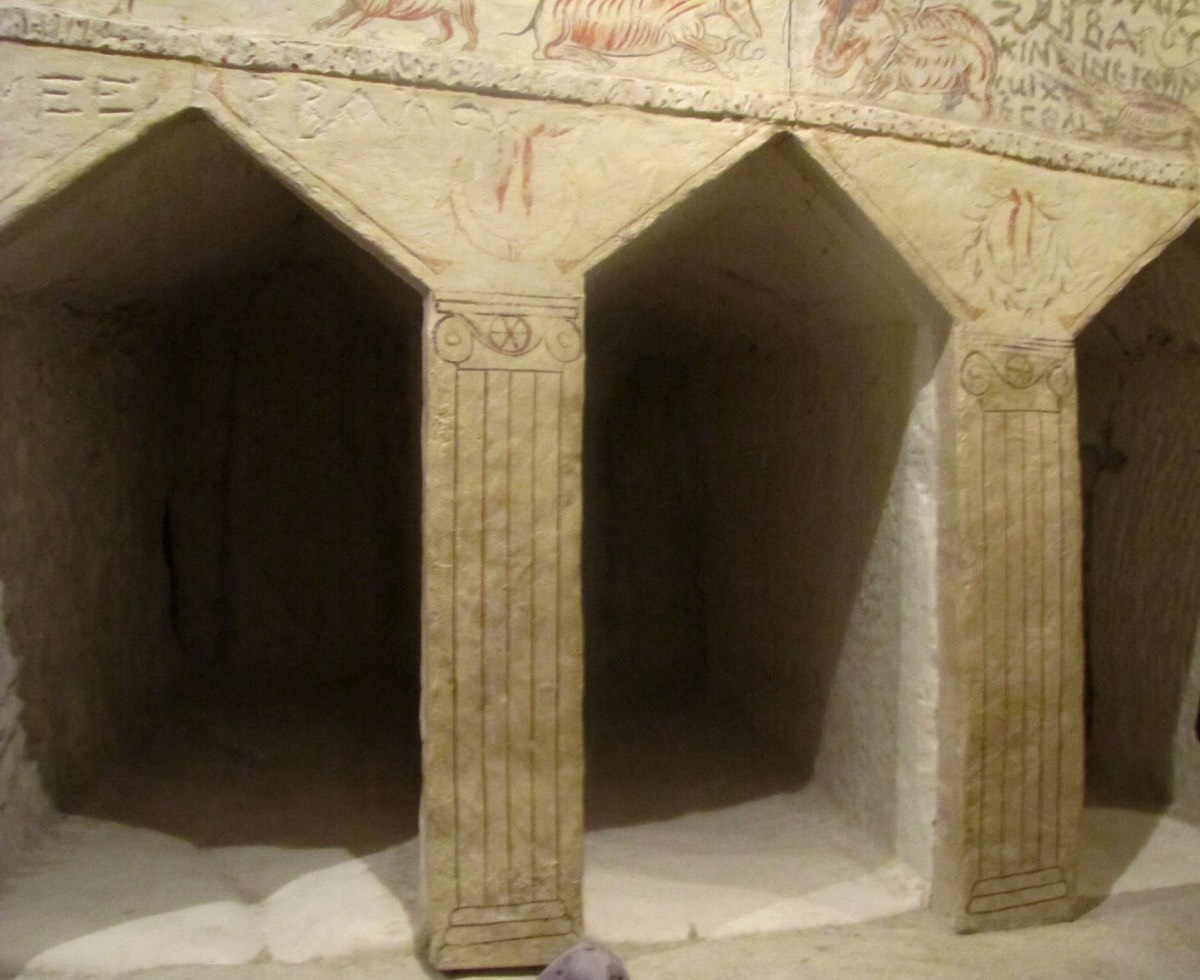
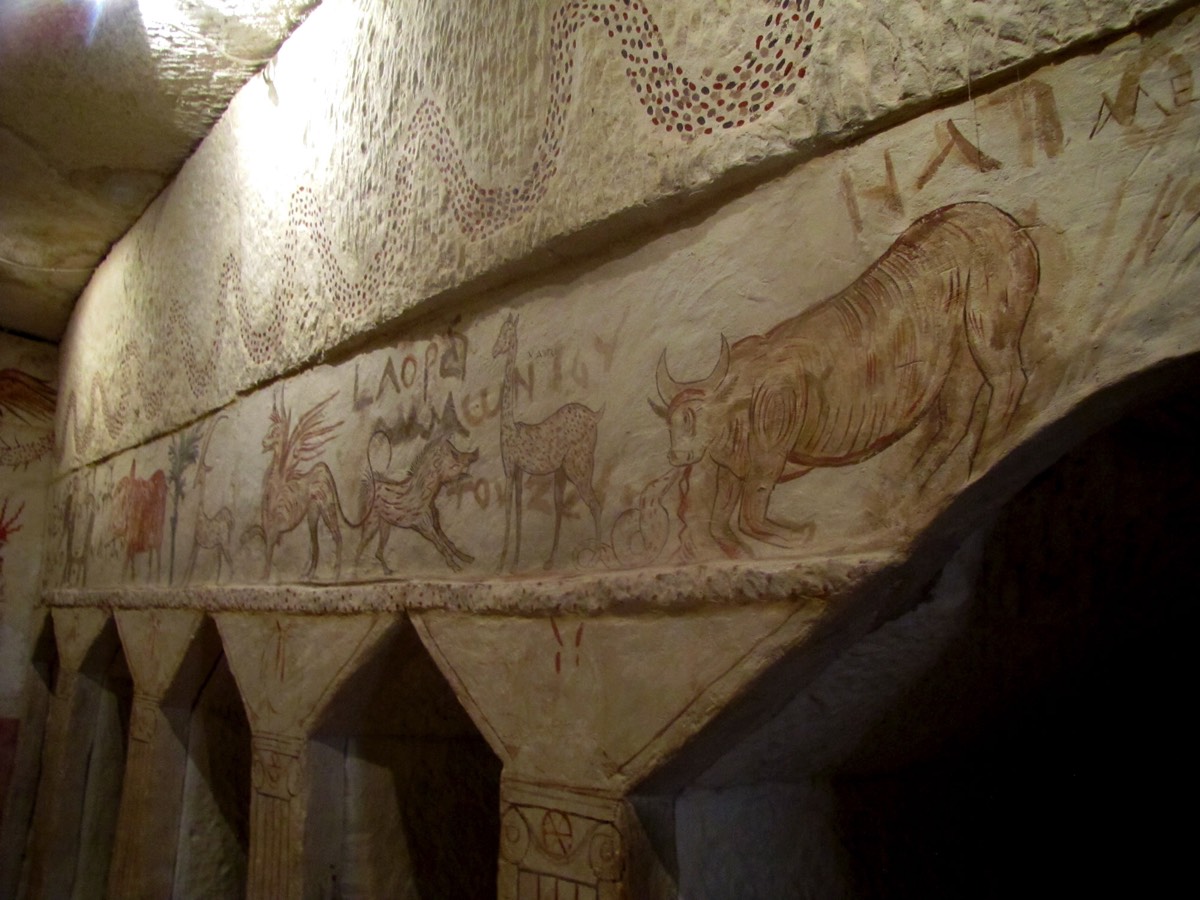
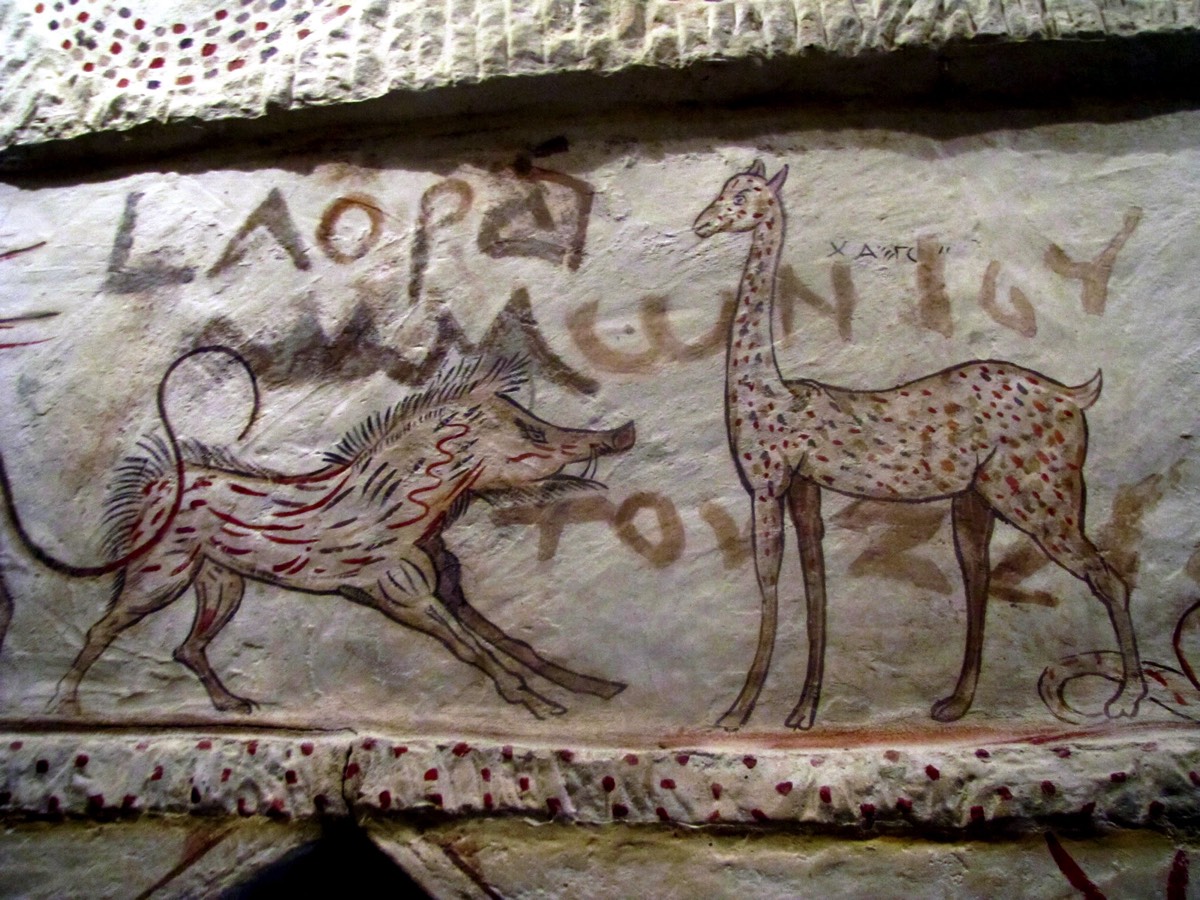
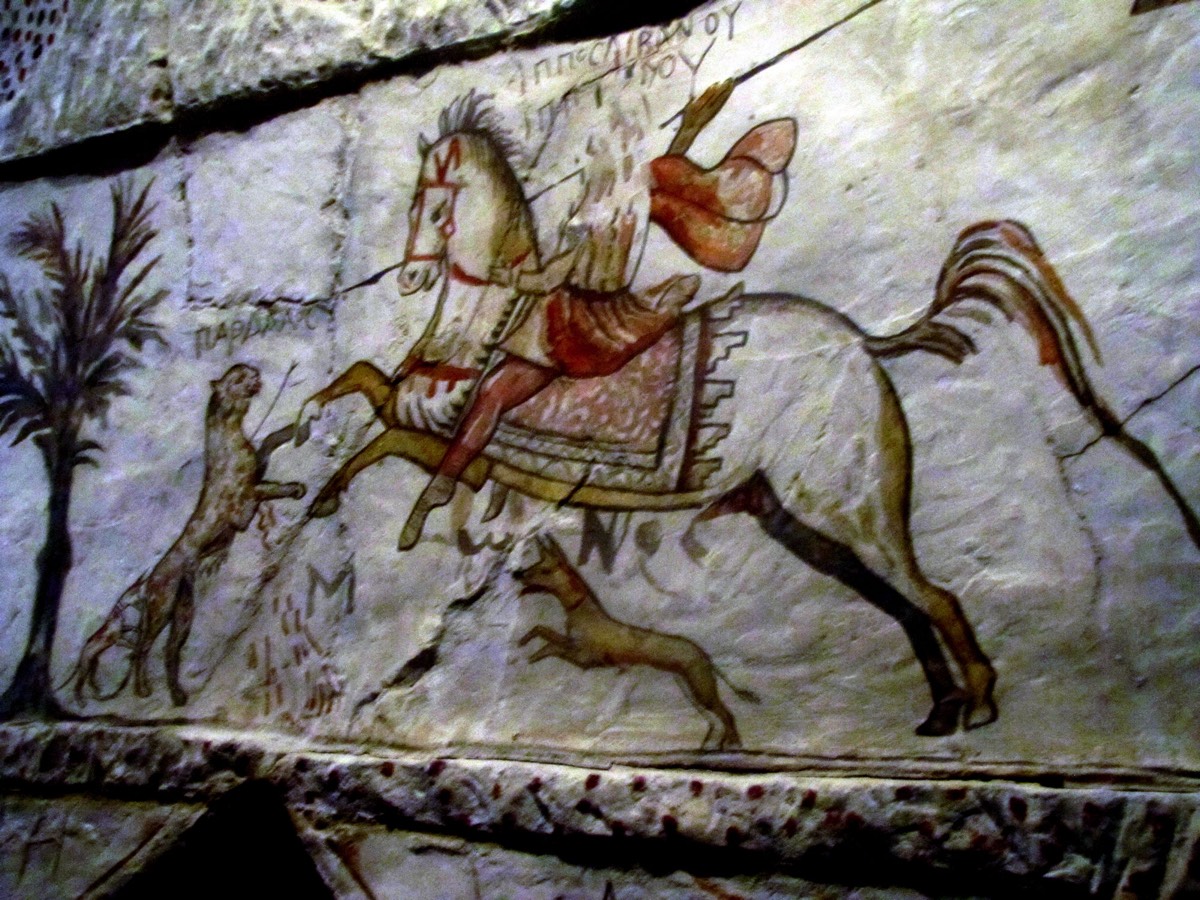

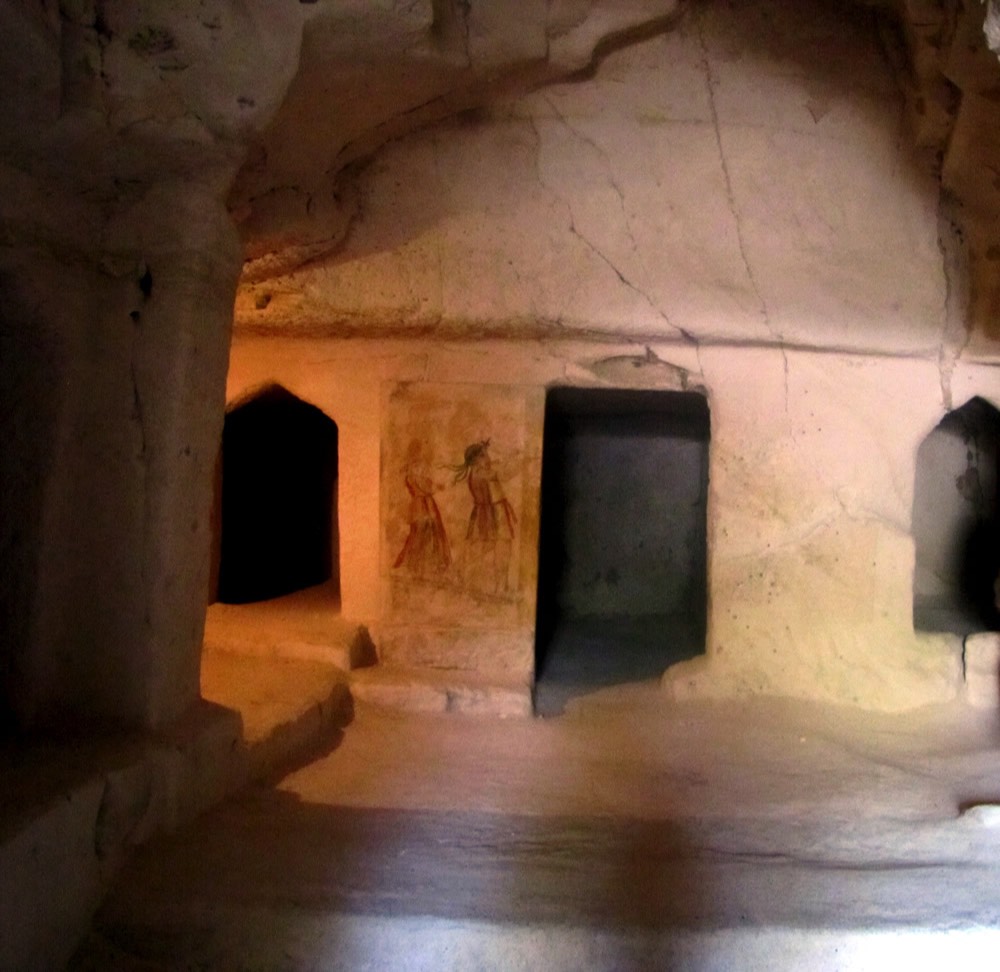

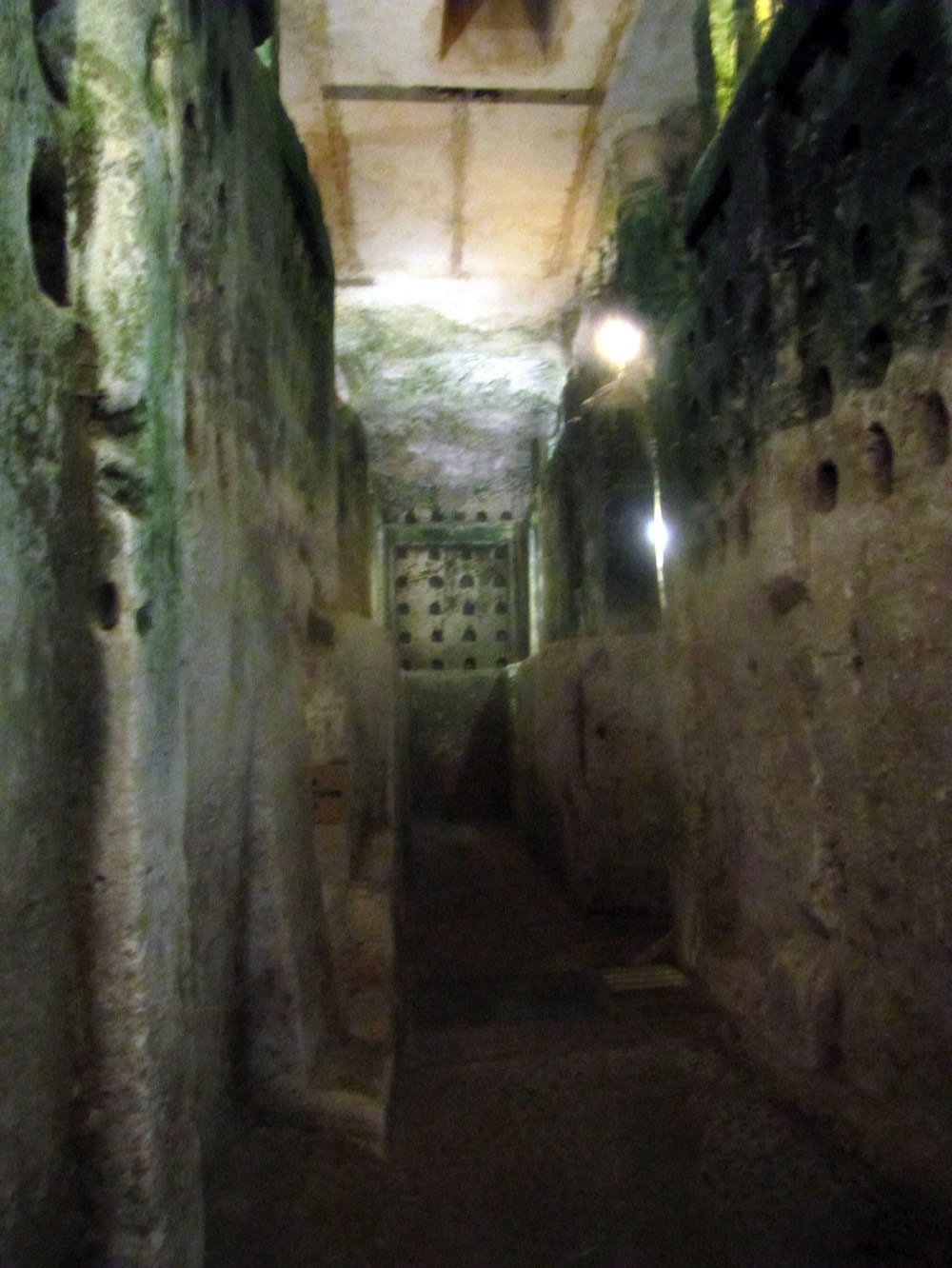
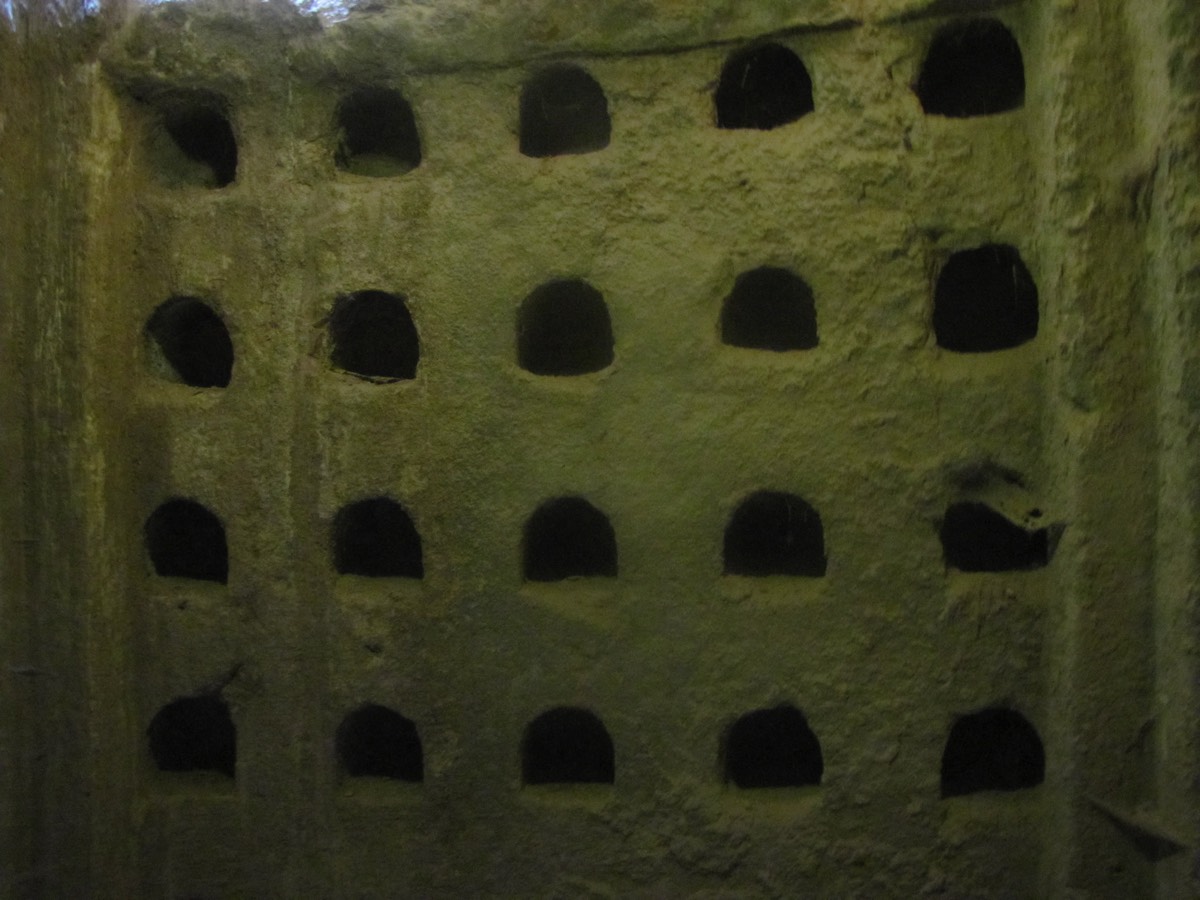
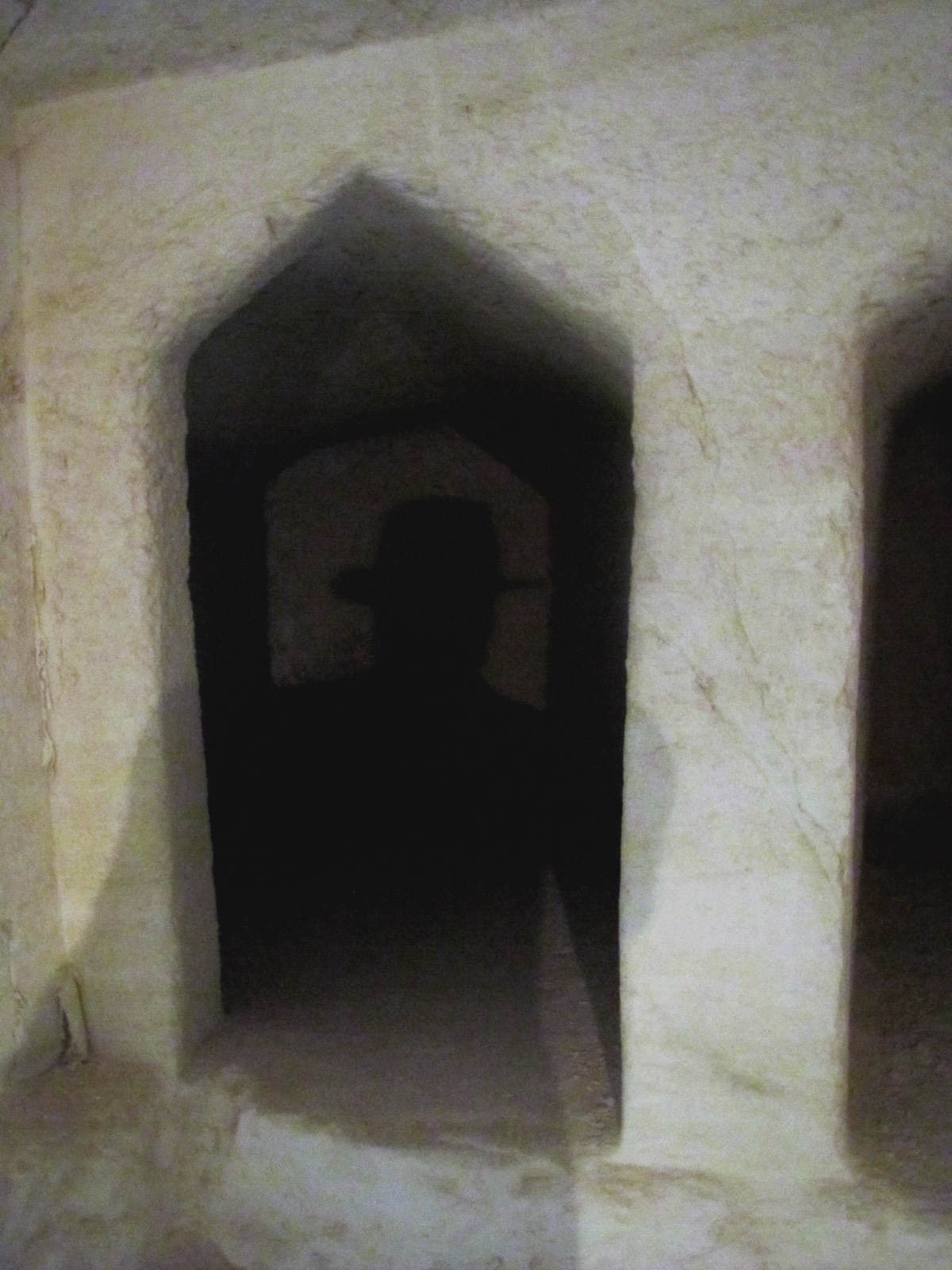
Generation Word Provides:

